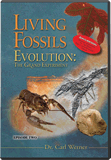
Chinese Dragons Found!
The Bible explains the violent, aquatic burial of several fossils.
In a paper published on February 23 in the Journal of Earth and Environmental Science Transactions of The Royal Society of Edinburgh, researchers discussed the recent findings of five newly discovered specimens of Dinocephalosaurus orientalis which had first been described in 2003 (based on a complete skull and the first three neck vertebrae). The species was first found in limestone deposits in southern China (Guizhou Province) in 2003, but subsequent specimens have been found in southeastern China (Yunnan Province). They are all dated to the Middle Triassic (conventionally dated to 247–237 MYA). After the initial find was published, little else was known about the creature, but the five newly discovered specimens completely fill out the skeletal pieces.
These creatures are described as archosauromorphs (living and extinct reptiles, excluding turtles, according to phylogenetics) with an extremely long neck (32 cervical vertebrae), and the largest specimen is estimated to be 16.8 feet (5 meters) in length. The neck alone is estimated to be 7.7 feet (2.3 meters) meaning that it is longer than its body and tail combined (not including the skull).
Lifestyle and Description
The front and rear limbs show anatomically that it was flippered, meaning that it was well-adapted to a marine lifestyle. The authors suggest that it probably gave birth to live young and likely did not venture onto land.1 In the gut of the latest described specimen (IVPP V20295) are the remains of several fish (see Fig. 1 and 2), showing that it had adapted to a carnivorous lifestyle before the flood. Although it bears a resemblance to reports of “Nessie,” the authors caution that it is not closely related to the long-necked plesiosaurs.2 Dr. Nick Fraser, a contributing author from National Museums Scotland, has said about the long neck of the creature and its possible diet, “The only thing that I can come up with is that they were feeding in the waters that had rocks, and perhaps crevices, in them. And they were using their long necks to probe and move into some of these crevices and maybe get prey that way.”3
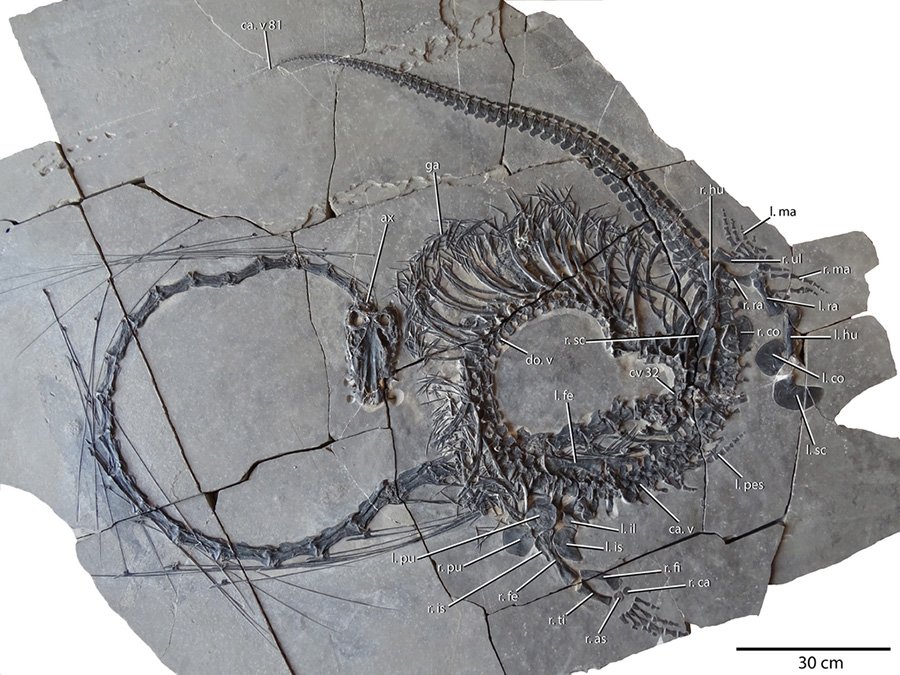
Figure 1. S. N. F. Spiekman, W. Wang, L. Zhao, O. Rieppel, N. C. Fraser & C. Li, CC BY 4.0, via Wikimedia Commons
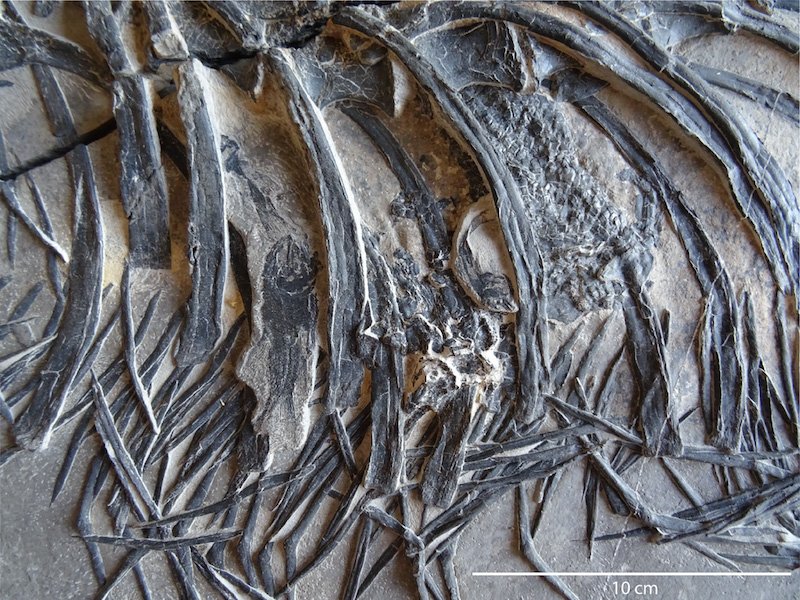
Figure 2. S. N. F. Spiekman, W. Wang, L. Zhao, O. Rieppel, N. C. Fraser & C. Li, CC BY 4.0, via Wikimedia Commons
And although the skeleton of IVPP V20295 is almost complete, there are many anatomical features that have been distorted. The authors describe a rather grotesque burial for this creature, as well as three of the other five newly reported skeletons. Although the three “worst case” scenarios are discussed below, all five of the newly found specimens are referred to as “crushed,” partially “disarticulated,” “fragmented,” and some segments as “displaced from their natural position.”
Crushed, Compressed, and Catastrophic Burial
IVPP V20295 is described as:
The neck is coiled to the extreme. As in other specimens, many of the ribs have “popped out” of position—not flexed nor broken, so that they retain their long straight shafts. This may simply be because of the relatively shorter but greater numbers of vertebrae allowing the neck to flex postmortem. It is very unlikely that the neck was so flexible in life. The ribs certainly maintain a straight position with no major flexion. Although the rib heads may have been displaced away from the vertebral column, they still remain very much aligned with their respective vertebrae—they have moved relatively little forward or backward from the positions in life. This is perhaps indicative of these splayed ribs being encased by skin at the time of burial.4
IVPP V13898 is described as:
The skull is relatively poorly preserved, strongly dorsoventrally compressed and exposed in ventral view. The cervical vertebral column is broken near the middle of the neck and again more posteriorly. The posterior trunk is represented by an incomplete string of vertebrae that curls around the remaining, partially disarticulated, trunk skeleton. The left fore- and hindlimbs are beautifully exposed and preserved in articulation. The right fore- and hindlimbs are partially obscured by ribs and elements of the remaining appendicular skeleton.5
ZMNH M8727 is described as:
The exposed parts of the skeleton comprise elements of the exploded skull, a total of 28 cervical vertebrae of which the axis and the following 17 cervical vertebrae are preserved in articulation; two scattered vertebrae located next to the 28th cervical vertebra, one of them exposed in anterior view, represent shortened posterior cervical vertebrae. A string of six vertebrae lying in front of the remains of the pectoral girdle and forelimbs represent the posteriormost cervical and anteriormost dorsal vertebrae. Associated cervical, dorsal and gastral ribs are likewise exposed. The scattered remains of both pectoral girdles and forelimbs are also preserved.6
While the above descriptions are rather clinical, they all highlight that these creatures were buried quickly and covered by immense amounts of sediment which crushed their bodies.
While the above descriptions are rather clinical, they all highlight that these creatures were buried quickly and covered by immense amounts of sediment which crushed their bodies. Exploded heads, flattened rib cages, and necks coiled back with some vertebrae being broken, all testify to the catastrophic processes which entombed them.
Why the “Chinese Dragon” Description?
It is interesting to note that all the popular science write-ups of this find describe Dinocephalosaurus orientalis as a “dragon.” Dr. Fraser commented on this: “It’s curled around in this sort of figure of eight and . . . it’s very reminiscent of a Chinese dragon.”7 Indeed, the long sinuous neck is very akin to many Chinese dragon depictions, even ones used in festivals (see Fig. 3 and 4). Although almost all dragon depictions in China portray the creatures as having clawed feet, due to a stylistic interpretation, a few show that they recognized that aquatic dragons had webbed feet, which artistically may have been the way to picture flippers (see Fig. 5).
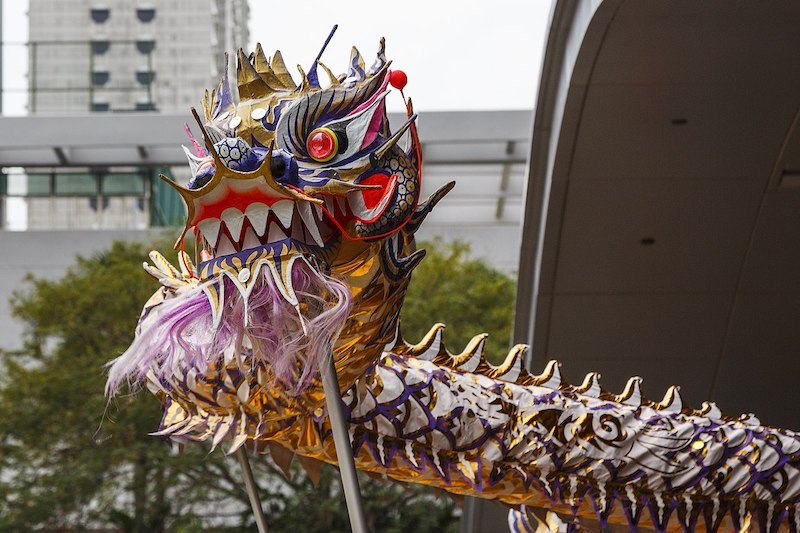
Figure 3. Photo by CEphoto, Uwe Aranas

Figure 4. Gabalt74, CC BY-SA 4.0, via Wikimedia Commons
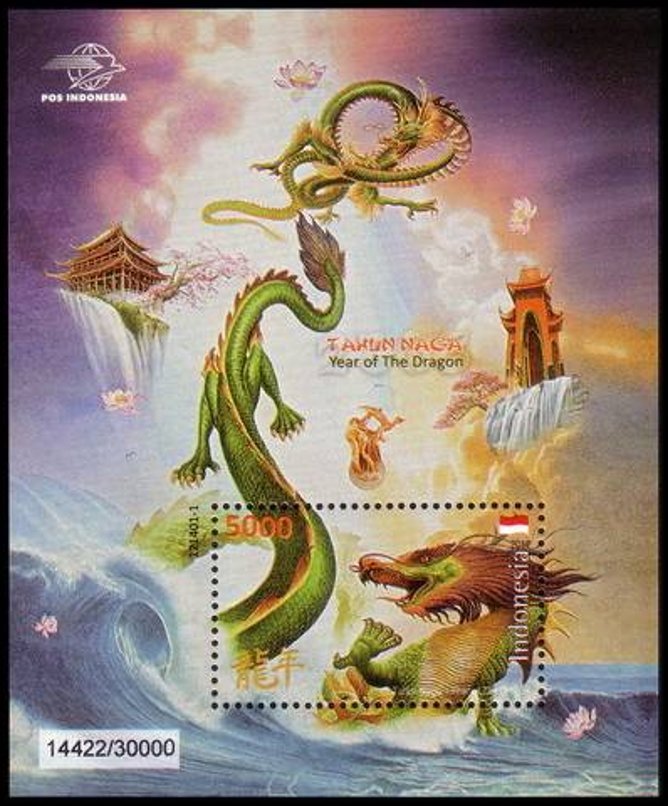
Figure 5. Post of Indonesia, Public domain, via Wikimedia Commons
Chinese dragons are also depicted as having “whiskers,” and this might be due to sightings of dead or fossilized animals with the disarticulated ribs being buried near the face of some creatures, like some of the specimens recently found (see Fig. 6). While skeptics try to point out that all dragon depictions are either made up or are based on people seeing fossils of these creatures, we hold that most land and sea dragons (dinosaurs and pterosaurs) are depictions of real creatures which lived with and were seen by the Chinese people. But for sea reptiles, which would have not been regularly encountered, the other option for fossil finds is that they may have woven them into their depictions for better accuracy.
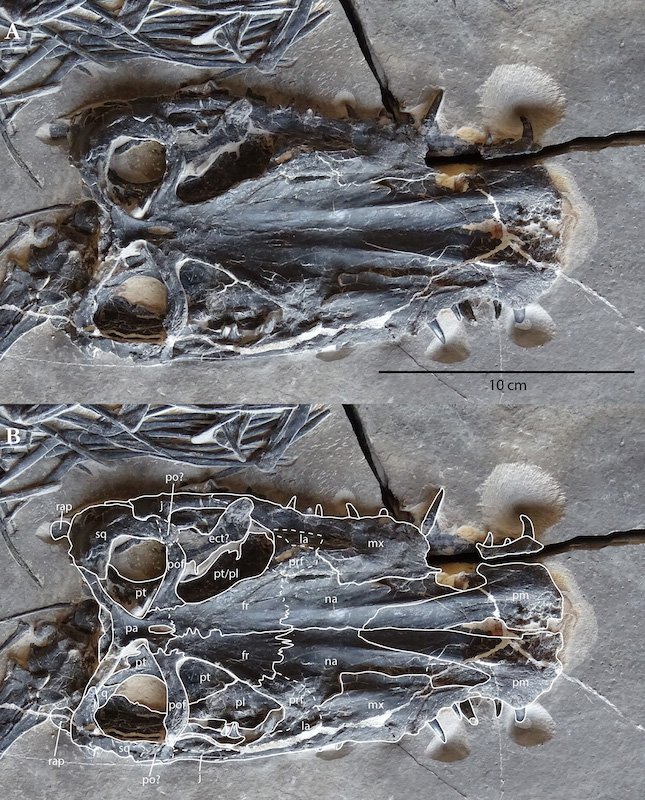
Figure 6. S. N. F. Spiekman, W. Wang, L. Zhao, O. Rieppel, N. C. Fraser & C. Li, CC BY 4.0, via Wikimedia Commons
This fossil find testifies to the devastation caused to many sea creatures during the worldwide flood of Noah’s time.
But again, this fossil find testifies to the devastation caused to many sea creatures during the worldwide flood of Noah’s time. All land creatures not on the ark were destroyed, and many communities of sea life, (likely) including most marine reptiles, were also wiped out. They would have been swept up in sand, silt, and mud, carried along and washed up on shore, or in trenches, then buried beneath a crushing overburden of sediment. This accounts for pressed, squeezed, and flattened fossils, but also demonstrates that these sea creatures were known to the Chinese, with perhaps a few surviving post-flood, but as they died off, depictions of them may have come from fossil finds.
Footnotes
- Jun Liu, Chris L. Organ, Michael J. Benton, Matthew C. Brandley, Jonathan C. Aitchison, “Live Birth in an Archosauromorph Reptile,” Nature Communications 8, article 14445 (2017): https://www.nature.com/articles/ncomms14445.
- Ben Turner, “Stunning 240 Million-Year-Old ‘Chinese Dragon’ Fossil Unveiled by Scientists,” Extinct Species, Dinosaurs, LiveScience, February 23, 2024, https://www.livescience.com/animals/dinosaurs/stunning-240-million-year-old-chinese-dragon-fossil-unveiled-by-scientists.
- Issy Ronald, “Scientists Unveil 240-Million-Year-Old ‘Dragon’ Fossil,” Space and Science, CNN, February 23, 2024, https://www.cnn.com/2024/02/23/world/dragon-fossil-240-million-years-old-intl-scli-scn/index.html.
- Stephan N. F. Spiekman, Wei Wang, Lijun Zhao, Olivier Rieppel, Nicholas C. Fraser, Chun Li, “Dinocephalosaurus orientalis Li, 2003: A Remarkable Marine Archosauromorph from the Middle Triassic of Southwestern China,” Earth and Environmental Science Transactions of The Royal Society of Edinburgh (February 2024): 24, https://www.cambridge.org/core/journals/earth-and-environmental-science-transactions-of-royal-society-of-edinburgh/article/dinocephalosaurus-orientalis-li-2003-a-remarkable-marine-archosauromorph-from-the-middle-triassic-of-southwestern-china/C7D48539139475EFCAAC35342089ACB8#article.
- Spiekman, et al., “A Remarkable Marine Archosauromorph,” 4.
- Spiekman, et al., “A Remarkable Marine Archosauromorph,” 8.
- Ronald, “Scientists Unveil 240-Million-Year-Old ‘Dragon.’”
Recommended Resources

Answers in Genesis is an apologetics ministry, dedicated to helping Christians defend their faith and proclaim the good news of Jesus Christ.
- Customer Service 800.778.3390
- © 2024 Answers in Genesis




